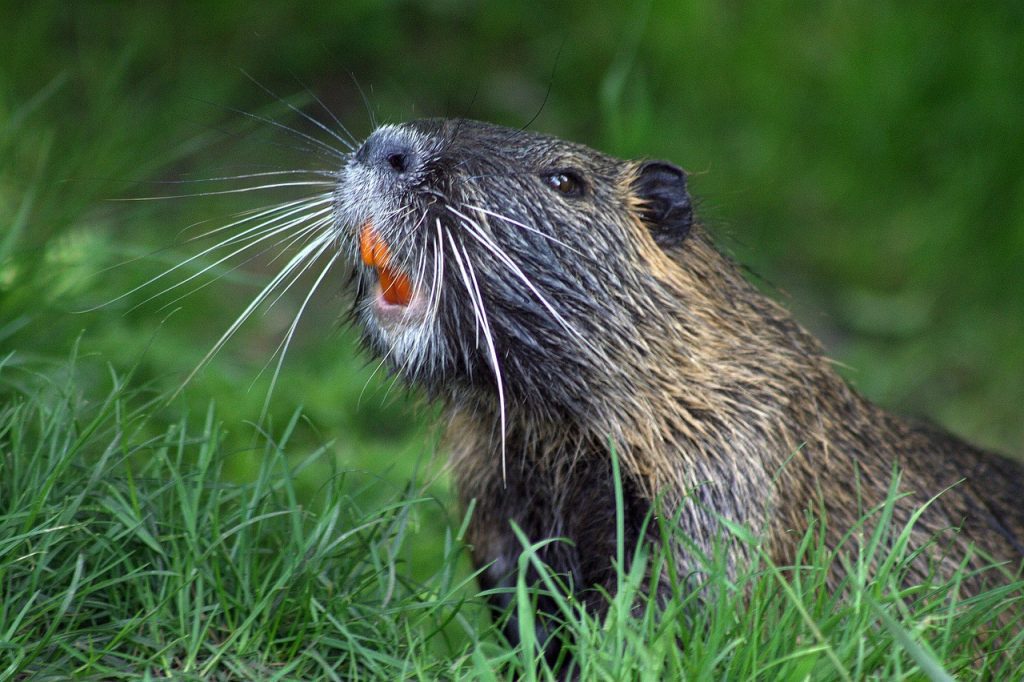Every year on April 7th, the world celebrates International Beaver Day, a day dedicated to recognizing these incredible creatures and their vital role in our ecosystems.
But why do beavers deserve their own holiday? And what can we do to protect them?
In this article, we’ll look at:
- Why beavers are keystone species
- How their engineering skills benefit wildlife and humans.
- The challenges they face.
- Simple ways you can help, not just on Beaver Day but all year round.
What Is International Beaver Day?
International Beaver Day was first established to raise awareness about beaver conservation and their ecological importance.
While the exact origins are a bit fuzzy (much like a beaver’s fur), the date April 7th was chosen to honor Dorothy Richards, a pioneering beaver researcher who dedicated her life to studying these animals.
Why Do We Celebrate It?
- To educate people – Many still see beavers as pests rather than environmental allies.
- To promote conservation – Beavers were nearly hunted to extinction for their fur.
- To draw attention to their role in nature – Their dams create wetlands, which are some of the most biodiverse places on Earth.
How Beavers Build Their World
Beavers are the only animals besides humans that dramatically alter their environment to suit their needs.
And their signature move is building dams!
- Why, you ask? For shelter and protection. A beaver’s lodge is its home, and the surrounding pond keeps predators away.
- How do they do it? Using their strong teeth (which never stop growing) and dexterous paws, they cut down trees, drag branches, and pack mud to create sturdy structures.
The Ripple Effect of Beaver Dams
Beavers don’t just build for themselves, their work benefits entire ecosystems:
- Creates wetlands – These areas support 40% of all wildlife species.
- Prevents droughts and floods – Their dams slow water flow, storing it for dry seasons and reducing flash floods.
- Cleans water – Sediment and pollutants get filtered out naturally.
- Stores carbon – Wetlands trap more carbon than forests, thus helping fight climate change.
Beavers vs. Humans: Who’s the Better Engineer?
| Feature | Beaver Dam | Human Dam |
| Cost | $0 (just labor) | Millions $$ |
| Construction Time | Weeks | Years |
| Environmental Impact | Boosts biodiversity | Often harms ecosystems |
| Maintenance | Self-repairing | Needs constant upkeep |
Beavers win – hands down.
Why Beavers Were Nearly Wiped Out (And Why They’re Still at Risk)
In the 18th and 19th centuries, beavers were hunted to near extinction for their fur, which was used to make hats and coats.
At one point, only 1,000 beavers remained in North America.
However, in recent times, there are still several threats to be their existence:
- Habitat destruction – Wetlands are drained for farming and development.
- Human conflict – Some people see beavers as pests because their dams can flood roads or farmland.
- Climate change – Droughts make it harder for beavers to find water.
How You Can Celebrate International Beaver Day
Here’s how you can celebrate these furry engineers:
1. Support Beaver Conservation Groups:
Donate to or volunteer with organizations like:
2. Advocate for Beaver-Friendly Policies:
- Push for legal protections in your area.
- Support beaver relocation programs instead of lethal removal.
3. Spread the Word:
- Share beaver facts on social media.
- Watch documentaries like “The Beaver Believers”.
4. Visit a Beaver Habitat (Responsibly!):
Look for local wetlands where beavers live.
Bring binoculars – observe, but don’t disturb!
Final Thoughts
This International Beaver Day, let’s give these hardworking rodents the respect they deserve.
Maybe it’s donating, advocating, or just learning more, every small action helps.
Because when beavers thrive, nature thrives, and so do we.
